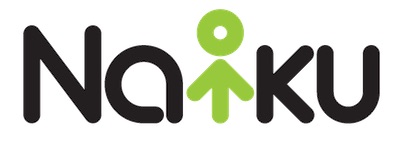The topic in my class this week is Professional Responsibilities and Assessment Bias. To prepare my class lecture and activities for the week, I’m reviewing the Codes of Fair Testing Practices, Code of Professional Responsibilities in Educational Measurement (CPR), and The Standards for Psychological and Educational Testing. There’s so much here. Educational measurement professionals and teachers have so much responsibility to ensure that the assessments are absent of bias, the results are reliable, and the uses, inferences, and interpretations of the assessment results are valid.
 I don’t want to overwhelm the students with all these codes of professional standards. But in light of the recent news in Atlanta, Washington D.C., and Philadelphia about potential cheating on their NCLB assessments, I feel that I must. This should be a good class. I’m sure it will not be short of great discussion.
I don’t want to overwhelm the students with all these codes of professional standards. But in light of the recent news in Atlanta, Washington D.C., and Philadelphia about potential cheating on their NCLB assessments, I feel that I must. This should be a good class. I’m sure it will not be short of great discussion.
Of all the professional codes, standards, and responsibilities that I will share in class, I feel that the following two are simple but yet profound when it comes to classroom assessment and are most appropriate for this blog. These two fall into the category of responsibilities of teachers when scoring assessments.
1. Provide students with feedback that helps them improve their learning.
Our professional responsibility as teachers go beyond giving a score or a letter grade earned on the assessment. We have a responsibility to describe strengths and weaknesses to students. We have a responsibility to make suggestions for improvement. Our feedback to our students must be actionable.
In addition to our feedback to the students, I believe that students’ feedback to themselves is equally important. This is why I am such a huge fan of engaging students in self-reflection. (See my earlier post on student reflection.) Students should be encouraged to give feedback to themselves (and to you) about why they answered the questions the way they did (i.e., reflect on why they answered each question right or wrong). They should also reflect on how and what they will do differently next time to improve.
This feedback gives you more information to better describe the students’ strengths and weaknesses and to suggest a plan for improvement.
2. Score and return results in a timely manner.
To provide feedback that helps students improve their learning, we must return the results in a timely manner. This helps students more effectively monitor progress and adjust study strategies.
This is why I’m a huge proponent of on-line testing. I give my students a balance of objectively and subjectively scored assessments. So, when the test questions are anything short of essay questions, I don’t see why (and nor do the students) I can’t return their scores immediately. That’s why I now do all my multiple-choice, true/false, matching, fill-in-the-blank questions on Naiku. Students take the test on a computer. After finishing the test, their answers are scored and their results are returned immediately. When results are returned immediately, students can engage in reflection immediately.

So, remember, provide feedback to students to help improve their learning. To do that, return the results in a timely manner. As teachers, we have a professional obligation to do so.

